Being a prince or princess may seem like a fairy tale, but in real life, it's much more complicated—and these infamous royal family scandals prove it
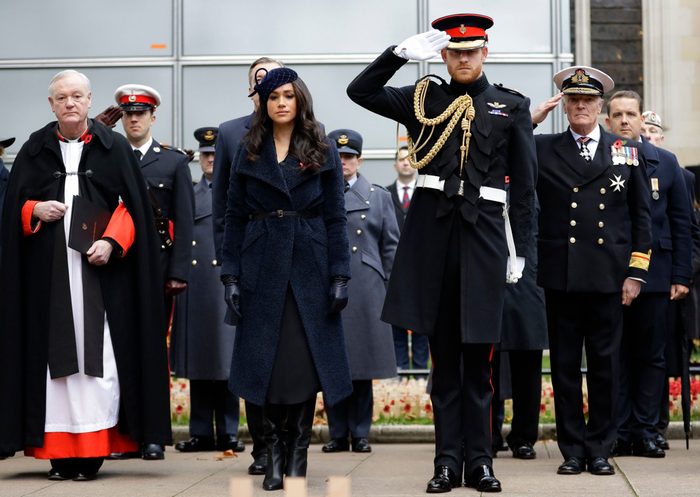
13 Royal Family Scandals That Shocked the World


The maiden and a (possible) murder
Queen Elizabeth I never married, but her maiden life didn’t keep her safe from royal scandals. Today we might not bat an eye at an unmarried head of state, but within the historical context of royal controversies, this one was a doozy. From the moment she ascended the throne in 1558, rumors circulated about the queen’s secret lovers.
The most notable of Elizabeth’s suspected paramours was Robert Dudley. So when his wife turned up dead at the bottom of a staircase, the public no longer just questioned whether Elizabeth was a real “Virgin Queen,” as the nickname went, but whether she was a murderer too. The mystery remains to this day.

The succession crisis of 1817
King George III lost the United States in 1776, and he lost his sight and sanity to an illness in 1810. He is the subject of many books and films on royal foibles, including The Madness of King George, but his most embarrassing scandal may have been his failure to persuade any of his nine sons to marry and produce a legitimate heir.
In 1795, he strong-armed his eldest son, the future King George IV, into marrying. But the sole child of that marriage, Princess Charlotte, died childless in 1817, kicking off a succession crisis. As a result, several of King George III’s sons finally dropped their girlfriends in a race to marry European princesses—and conceive the next heir. The “winner”? The third son, Edward, the Duke of Clarence, who fathered the future Queen Victoria in 1819.
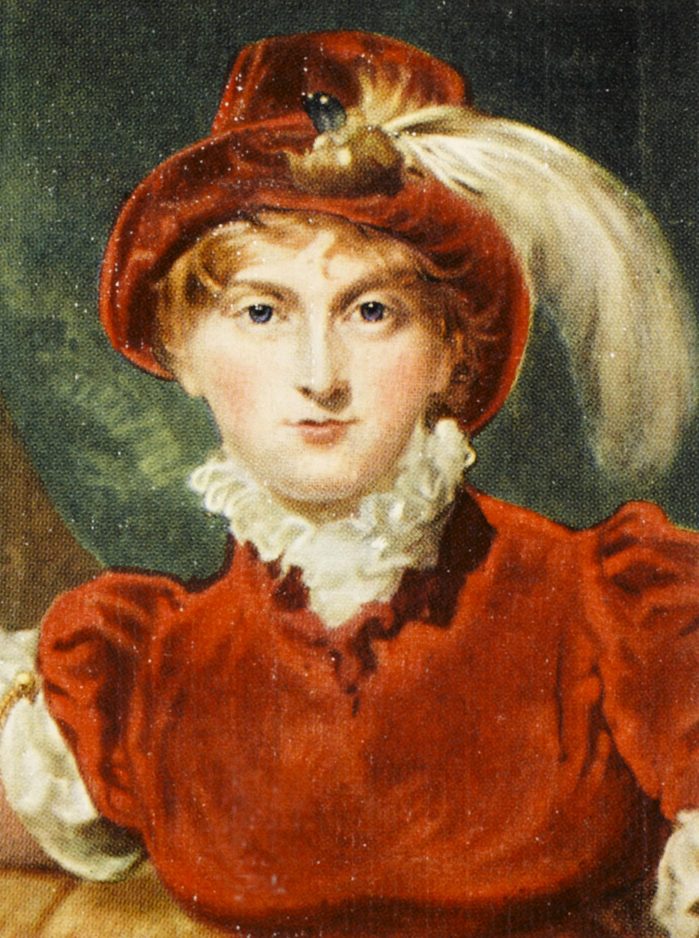
The adulterous King George IV
In 1820, the aforementioned eldest son of George III ascended the throne to become King George IV. For more than two decades, he’d been living apart from his wife, Caroline of Brunswick, whom he despised. Determined to keep her off the throne, George took Caroline to court on the grounds of adultery—despite his own infidelities!
Proving that you can’t predict public reactions to royal conflicts, the new king arrogantly assumed the public would side with him. Instead, they rallied behind the aggrieved Queen Caroline.
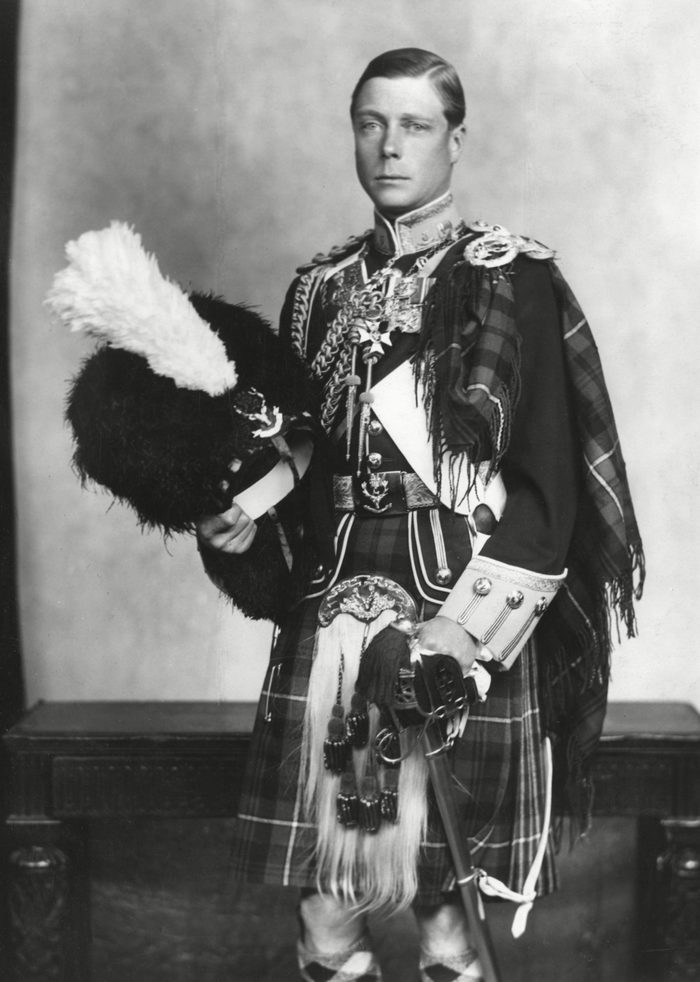
The abdication of King Edward VIII
“The most significant royal family ‘scandal’ in constitutional terms was the abdication of Edward VIII,” Whitelock says. In 1936, the newly crowned king announced his intention to marry American socialite Wallis Simpson, who was still going through her second divorce. The constitutional issue? A king’s marriage to a divorcee, with a living ex-spouse, violated both civil and religious laws of the time.
Edward chose love over power. Less than a year into his reign, in an unprecedented and intensely criticized move, he gave up the throne to be with Wallis. “This event shook the monarchy to its core, raising concerns about duty vs. personal freedom,” Alty says. It also led to “his brother, King George VI, taking the throne and ultimately strengthening the monarchy through World War II.”

The love life of Princess Margaret
Princess Margaret arguably had more freedom than her older sister, Queen Elizabeth II. But her romantic choices were still publicly scrutinized, as well as sometimes limited by the monarchy and government (who were always guarding against blowback from royal affairs and divorces).
In particular, Margaret’s relationship with Peter Townsend, who was divorced, caused a stir. She was under the age of 25, so when Townsend proposed marriage to Margaret in 1952, approval from the queen and the prime minister’s cabinet was required. Given the government and Church of England’s stance on divorce at the time, the couple was urged to wait until Margaret turned 25 so she could marry without needing approval.
In the meantime, Townsend, a military captain, was sent to serve in Brussels. When he returned to England, Margaret was finally of age, but she—not the monarchy—ultimately chose to end the relationship, contrary to how it’s portrayed in the Netflix series The Crown. In 1960, she married photographer Anthony Armstrong Jones. Unfortunately, the couple divorced in 1978, in part due to infidelities by both parties.
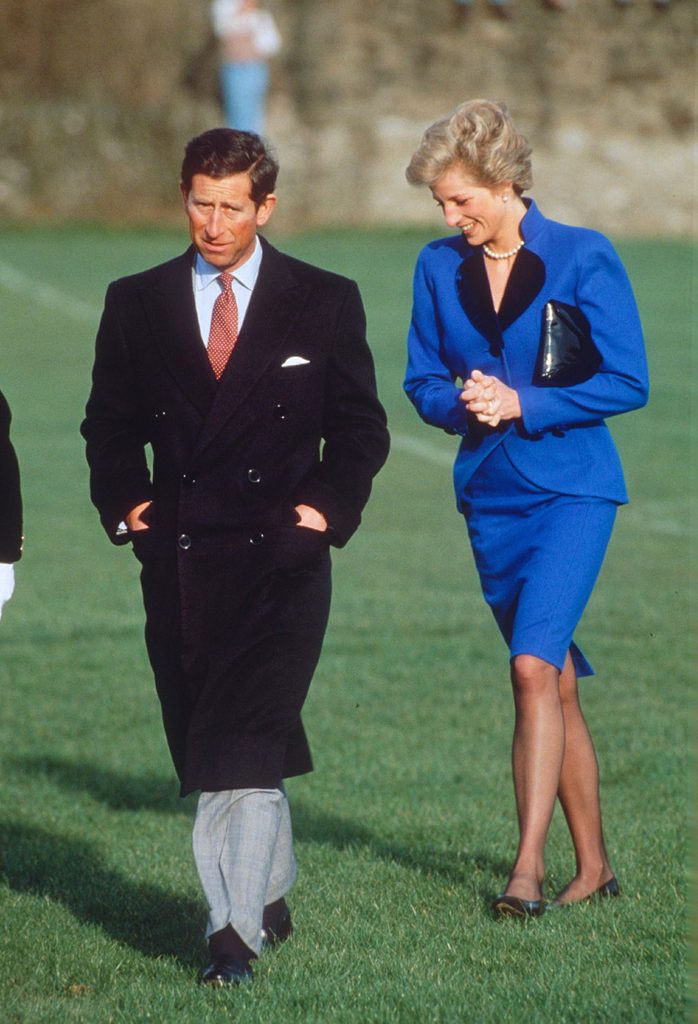
The airing of royal laundry by Charles and Diana
As far as modern royal family scandals go, the relationship between Prince Charles and Princess Diana can’t be overstated. It was strained from the start, but the real trouble came in the years after the couple separated in 1992.
“Princess Diana’s Panorama interview, in 1995, is one of the most-talked-about moments in royal history,” Alty says. (That’s the interview where Diana famously said there were “three of us” in her marriage, with Camilla Parker Bowles being the third.) The moment not only revealed a lot about the marriage but also the media tactics used to pressure royals into divulging personal details. “The way Diana was tricked into doing the interview by journalist Martin Bashir, using fake documents and manipulation, was wrong,” Alty says. The BBC apologized years later, but Alty says the damage was done.
After Diana was killed in a car crash in Paris in 1997, more scandal followed. Queen Elizabeth did not immediately travel to London, and the monarchy faced public backlash. With headlines screaming, “Where are you, Ma’am?” the queen “returned to London and made a public broadcast, acknowledging the significance of the life of Diana and the queen’s response as the princes’ grandmother,” Whitelock says.
Charles went on to marry Camilla, and the monarchy adjusted its PR approach. “After Diana’s death, the palace established the ‘way ahead group’ to consider how to engage with the media in the future and avoid being wrong-footed in public relations,” Whitelock says.

The annus horribilis (horrible year)
The year 1992 was fraught with royal family scandals for Queen Elizabeth. Three of her four children—Prince Charles, Prince Andrew and Princess Anne—made moves to end their respective marriages. At that time, the Church of England prohibited divorced people from remarrying in their churches while the ex-spouse was alive, so the breakups added to the (already long) list of modern royal family scandals.
But that didn’t stop Anne. In December of the “horrible year,” she and Timothy Laurence headed to Scotland to exchange their vows in an unconventionally small ceremony, adding to the list of 1992 British royal family controversies the queen had to handle.

The roller-coaster romance of Charles and Camilla
Prince Charles actually met Camilla Parker Bowles when he was 22 years old—before he wed Diana. So why didn’t he marry Camilla in the first place? There were several factors, including Camilla’s non-aristocratic status and meddling father, and Charles’s royal duties and age. He wasn’t yet ready for marriage and went off to serve in the Royal Air Force and Royal Navy. When he returned in the mid-1970s, Camilla was married, and the monarchy was more interested in arranging for Charles to marry Diana.
Charles and Diana divorced in 1996, with rumored infidelities on both sides. Diana died on Aug. 31, 1997, and about a year later, Charles and Camilla appeared in public as a couple. They married in 2005, and Charles became king after Queen Elizabeth’s death in 2022. At his coronation in May 2023, Camilla’s title as Queen Camilla was made official.
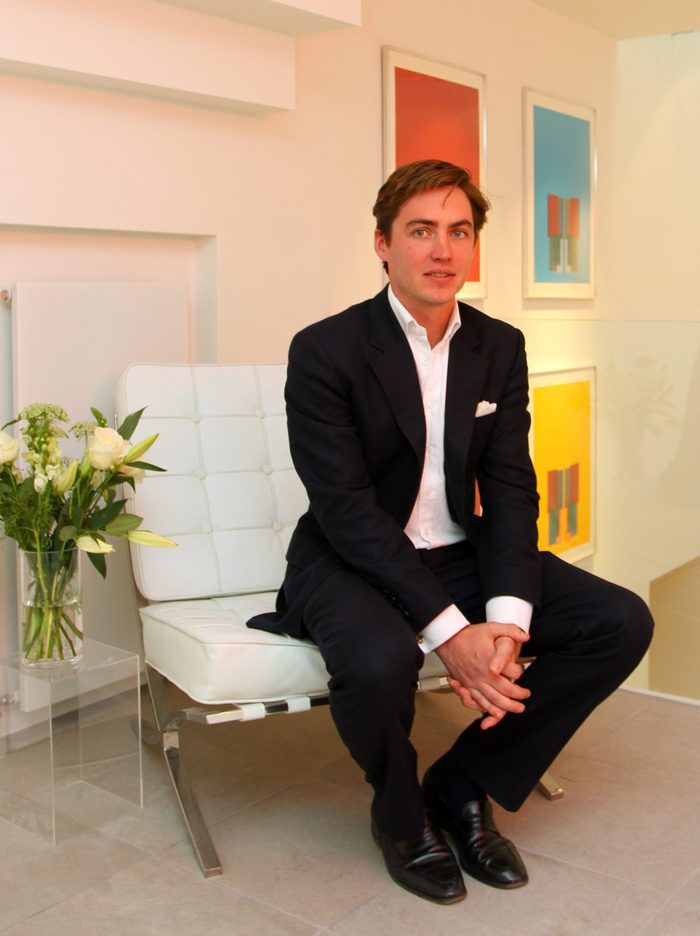
The purported temptation of Princess Beatrice
Princess Beatrice caused a bit of a stir when she revealed a relationship with her boyfriend, now husband, Edoardo Mapelli Mozzi. While certainly not the most salacious of modern royal family scandals, their relationship is not entirely free of rumors. “Edo,” as Beatrice’s husband is called, has a son, Christopher, with Dara Huang, a Chinese American architect.
The big question mark here? Many believe Beatrice enticed Edo away from Huang, though the idea of “enticing” is plenty controversial itself. Despite the allegations, Beatrice and Edo married in 2020. In addition to sharing custody of Christopher (nicknamed “Wolfie”) with Huang, the couple has two daughters together, Sienna and Athena.
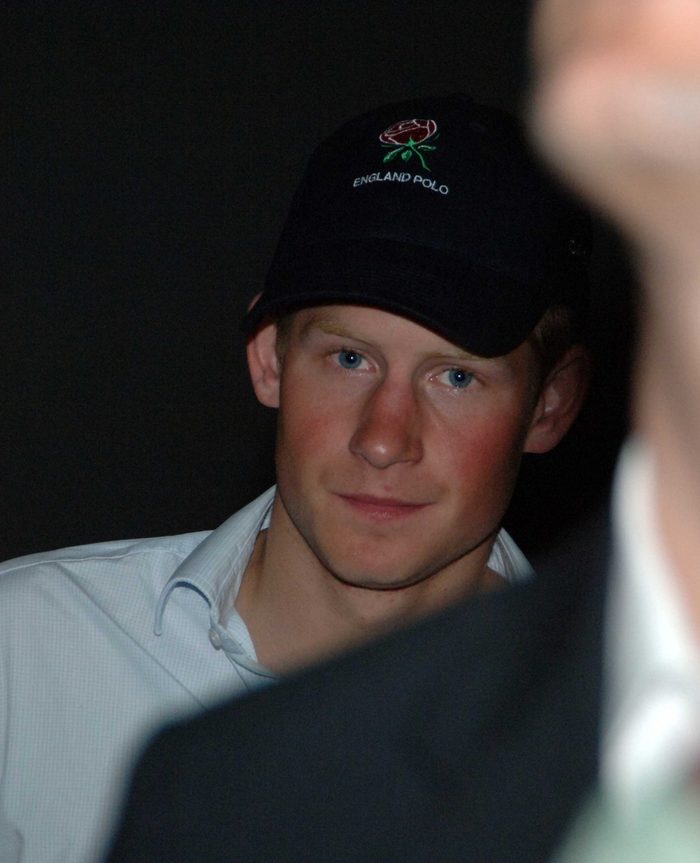
The questionable costumes and Nazi links
In 2005, Prince Harry sparked outrage when he went to a costume party dressed as a Nazi. But Harry’s bad judgment wasn’t the first time a royal has been tainted by links, tenuous or not, to the Nazi party. King Edward VIII (the one who abdicated the throne for Wallis Simpson) reportedly mingled socially with Nazi party members, and Prince Philip’s sisters were married to Germans who were members of both the Nazi party and the German army.
That said, there’s no evidence of ties between the current royal family and the Nazi party, and both Harry and the queen apologized for the tasteless costume.
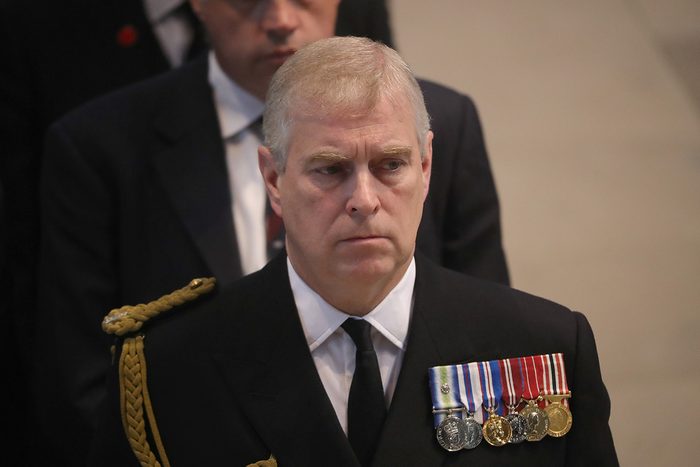
The Epstein affair: Prince Andrew’s associations
One of the biggest scandals in modern royal history is a recent one, described by Whitelock as “the dubious business and diplomatic dealings of Prince Andrew, and his association with a convicted pedophile.”
Prince Andrew’s association with Jeffrey Epstein, a convicted child sex offender, has called into question not only his behavior but also his place in the royal family. “Though he has denied any wrongdoing, the infamous BBC Newsnight interview in 2019 only added fuel to the fire,” Alty says, speaking of a disastrous appearance that ultimately led to his downfall.
As accusations swirled around Andrew and his unsavory associations and actions, including alleged sexual abuse, the monarchy kept quiet but took action. “The queen remained silent publicly, but behind the scenes, she acted decisively—removing his official duties and distancing the monarchy from him,” Alty says.
The scandal reignited conversations about royal duties and public funding that may have longer-term consequences. “The activities of Prince Andrew have increased calls for a slimmed-down royal family, with only those immediately in line to succeed receiving funds to work as royals,” Whitelock says.

The big Megxit
In January 2020, Prince Harry and Meghan Markle, the Duke and Duchess of Sussex, announced—on Instagram—their decision to “step back” from senior royal duties and pursue their own ventures to become financially independent. Their shocking departure was referred to in the press as Megxit.
Whitelock says that while the monarchy generally follows a “never complain, never explain” approach to royal controversies, Megxit was a notable exception. According to Whitelock, the queen issued a personal and emotional statement saying Harry and Meghan would always be much loved members of the royal family, as well as recognizing the challenges they faced.
But the drama didn’t end there. “Harry and Meghan rocked the monarchy with their 2021 Oprah interview and subsequent Netflix series and interviews,” Alty says. “They made several bombshell claims, including accusations of racism and neglect, yet provided no solid evidence.” The palace issued a brief statement saying things would be handled internally.
But the damage was done, to the monarchy and to Harry and Meghan, making this one of the biggest scandals in British royal history. “This public airing of grievances caused a media storm and significant damage to the image of the royal family, especially internationally,” Alty says, adding that many thought the divisiveness distracted from “the meaningful work of senior royals.” Paradoxically, the fallout seemed to both unify public support of the monarchy and make it less relevant, particularly for younger generations.
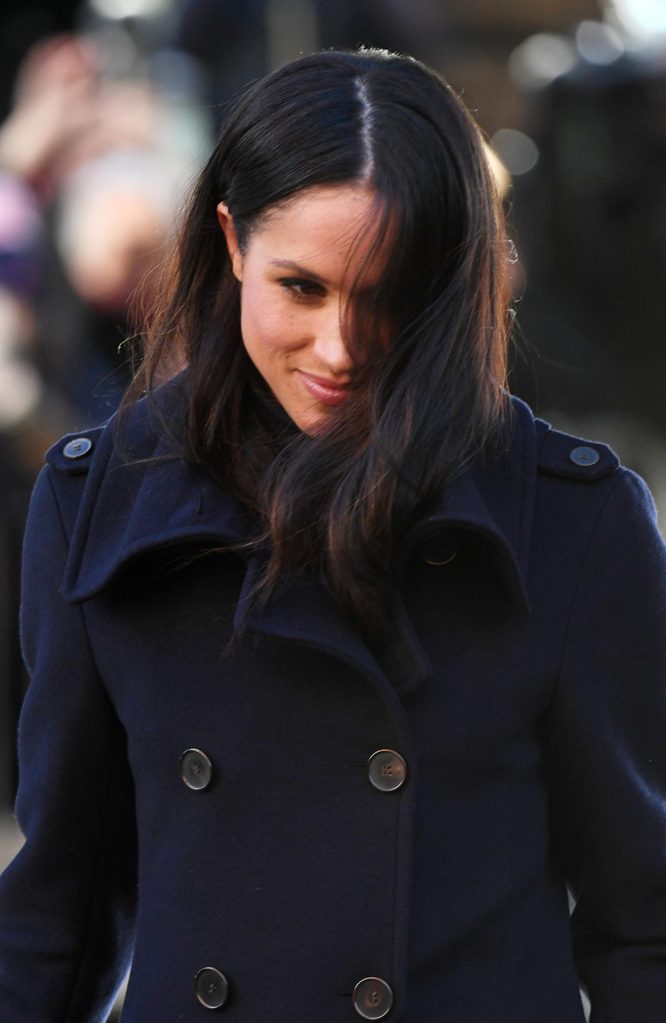
The rocky road of Meghan Markle
It’s not easy to go from commoner to royal, and the journey seems to have been especially hard for Meghan Markle. From the start of her relationship with Harry, she faced intense scrutiny about everything from her nonroyal background and clothing choices to the way she held her first baby at a polo match. Living under a microscope is part of the royal package, but the pressure took a toll. After Megxit, Meghan and Harry settled in California to pursue new interests.
But even putting an ocean and a continent between themselves and the royal family wouldn’t save her from royal controversies and criticism. That shocking Oprah interview drew disapproval and backlash, and even today, critics question Meghan’s motives and sincerity. Her new Netflix series, With Love, Meghan, received mixed reviews and caused critics to wonder whether she and Harry are headed in different directions. But despite all of the pressure and fewer public appearances, the couple insist they are still together and thriving.

The monarchy endures
Despite a long history of royal family scandals over the centuries, the monarchy endures.
“While scandals may temporarily shake public confidence, they also serve as moments of reflection and, ultimately, reinforcement of what the monarchy should—and should not—be,” Alty says. British royal family controversies often spark discussions that can lead to change, and each scandal “renews public conversations about the monarchy’s role in a modern democratic society.”
According to Alty, support for reform often surges during scandals, with some calling for reduced taxpayer funding or limiting the number of working royals. “Yet polls consistently show that the British public largely supports the monarchy,” especially when scandal-prone individuals like Andrew are removed from official duties.
Even with all these modern and historical royal scandals, the Crown isn’t going anywhere. “While the monarchy isn’t perfect (no institution is), it’s the way the institution responds, adapts and keeps going that really matters,” Alty says. “It’s endured so much, and yet it still stands.”
About the experts
|
Why trust us
Reader’s Digest has published hundreds of stories on the British royal family, providing a behind-the-scenes look at the fascinating facets of the monarchy. We regularly cover topics including the latest royal news, the history and meaning behind time-honored traditions, and the everyday quirks of everyone’s favorite family members, from Queen Elizabeth’s daily snack to Prince William’s confessions about his home life. We’re committed to producing high-quality content by writers with expertise and experience in their field in consultation with relevant, qualified experts. We rely on reputable primary sources, including government and professional organizations and academic institutions as well as our writers’ personal experiences where appropriate. For this piece on royal family scandals, Lauren Cahn tapped her experience as a longtime journalist who often covers knowledge, history and the British royal family for Reader’s Digest. We verify all facts and data, back them with credible sourcing and revisit them over time to ensure they remain accurate and up to date. Read more about our team, our contributors and our editorial policies.
Sources:
- Anna Whitelock, professor at City St. George, University of London; interviewed, April 2025
- Lydia Alty, royal commentator and YouTuber at Royal Reporter Lydia; interviewed, April 2025
- BBC: “As it Happened: Prince Andrew’s Interview”
- BBC: “Did the Queen Stop Princess Margaret Marrying Peter Townsend?”
- BBC: “Princess Beatrice Engaged to Property Tycoon”
- BBC History Magazine: “Elizabeth I’s Love Life: Was She Really a ‘Virgin Queen?'”
- History: “Watching The Crown? Here Are the Real Facts You Need to Know”
- New York Times: “Prince Harry Apologizes for Nazi Costume”
- Sky History UK: “King George III’s Descent into Madness: A Tale of Royal Tragedy”
- Washington Post: “Fact-Checking ‘The Crown’: Is Prince Philip a Total Jerk?”




















